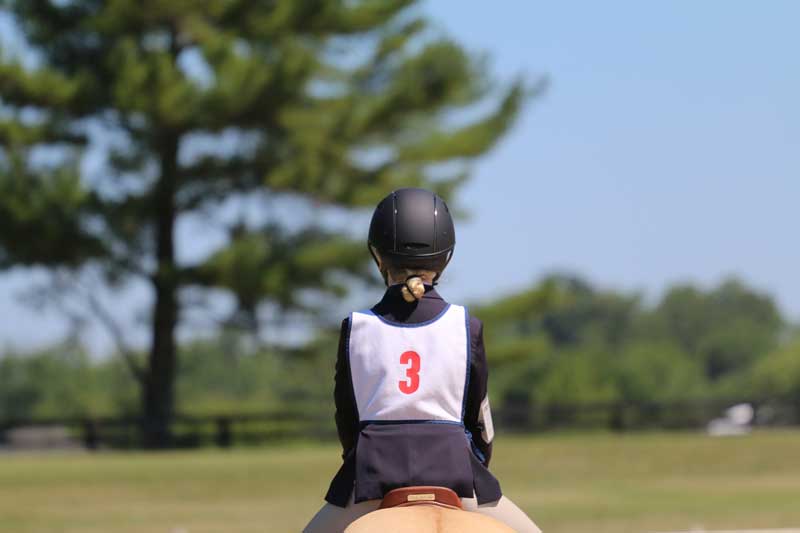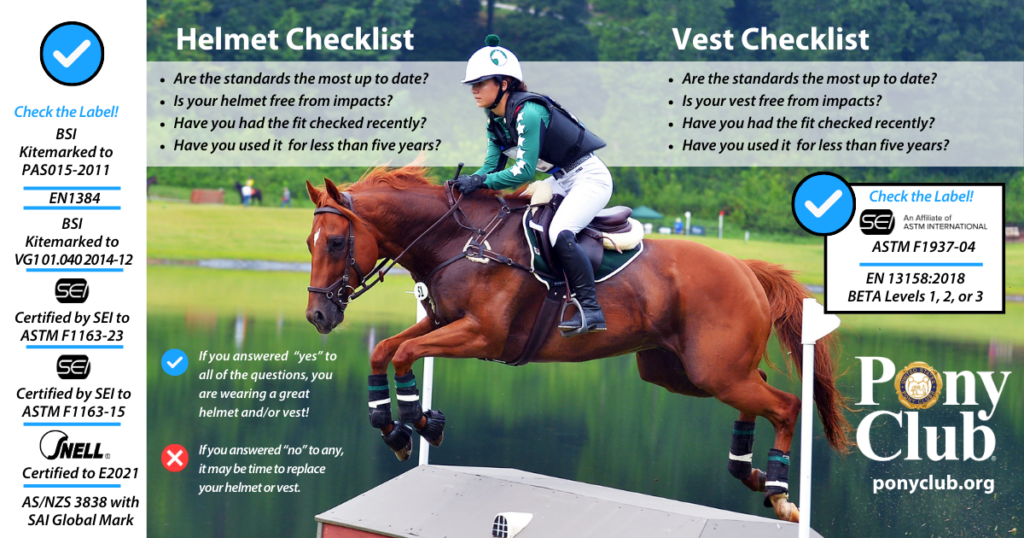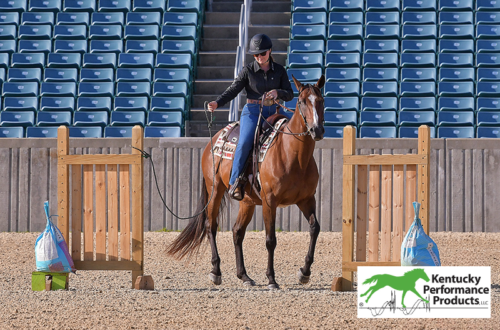
Understanding Equestrian Helmet Safety Standards: What You Need to Know
By Kimberly Chick, USPC Safety Committee
If you’re into riding, you know how important it is to keep yourself safe. One key part of that is wearing a safe and effective horseback riding helmet. There are a wide variety of helmets on the market, and they’re tested and rated according to different safety standards. Let’s break down what those standards are and why they matter.
Why Safety Standards Matter
While horseback riding and working with horses is fun, every horse person also needs to be prepared for accidents. Helmets are designed to protect your head in case of a fall or an impact of some sort. For helmet manufacturers, safety standards are like the rulebook that they have to follow to make certain the end product, your helmet, is up to scratch. Think of these safety standards as a way to ensure your helmet does its job right!

Key Helmet Safety Standards
Here are the main helmet safety standards you might come across. They are listed by highest to lowest testing rigor.
The safety standards below may differ from USPC helmet policies (USPC Policy #0810). If you are at a USPC event or activity, please ensure you are following the current USPC helmet requirements and other USPC safety standards, which can all be found here.
Snell Equestrian
The Snell Memorial Foundation is an organization that tests helmets. Their standards are the most rigorous. A Snell-certified helmet has gone through rigorous testing, including impacts at different angles and higher speeds. Helmets with a Snell certification are known for offering excellent protection. It’s like getting an extra seal of approval for safety. The current Snell standard is E2021. Any helmet marked with E2016 are considered out of date and should not be used.
PAS 015 (British Standard)
This is a European standard, specifically used in the United Kingdom. Helmets meeting PAS 015:2011 standards have been tested for impact protection and have been shown to handle different types of impacts effectively. It’s a well-respected standard in the equestrian world and ensures helmets are tough and reliable. The 2011 standard is the most recent one offered.
EN1384 and VG1 (European Standard)
VG1 is another safety standard used in Europe. Helmets that meet VG1 standards have passed tests that check how well they protect against both direct impacts and glancing blows. VG1 aims to keep helmets up to date with the latest safety research. So, if you’re in Europe or using a helmet imported from there, VG1 is a good sign of quality. The latest VG1 standard is VG1 01.040 2014-12. To make the standards in Europe more streamlined, the VG1 standard has been replaced by EN1384, which was enacted in 2023. Helmets marked with either the VG1 01.040 2014-12 or EN1384 standard are excellent choices for safety!
AS/NZS 3838:2006 (Australia/New Zealand Standard)
This standard is used in both Australia and New Zealand for equestrian helmets and outlines rigorous testing and safety requirements to ensure that helmets provide effective protection during equestrian activities. This standard tests for and certifies the absorption and distribution of impact forces, penetration of sharp objects, retention system strength and durability, fit to various head sizes, durability to various environmental conditions, and materials for the interior and exterior strength and impact resistance.
ASTM/SEI (American Society for Testing and Materials/Safety Equipment Institute)This is a big one in the United States. Helmets that meet ASTM standards have been tested for impact protection and strength. If you see a helmet with the ASTM label, that means it has passed tests designed to keep your head safe from impacts. The SEI certification is like a stamp of approval, showing that the helmet meets these high safety standards. The current acceptable standards are ASTM F1163-15 or ASTM F1163-23. The numbers after the dashes signify the year that the standard was implemented. Any helmet with an ASTM standard older than ASTM F1163-15 should not be used and is not listed for usage within the USPC helmet policies.
What Should You Look For?
When shopping for a helmet, check for the certification label. It’s usually on the inside of the helmet or on the tag. Make sure your helmet meets at least one of the recognized standards like ASTM/SEI, Snell, VG1, EN, PAS 015, or AS/NZS. This means it’s been tested and is considered safe.
Also, remember that a helmet should fit snugly and comfortably. A helmet that doesn’t fit right won’t protect you as well as one that’s properly adjusted. It’s like wearing shoes that are too big or too small—just uncomfortable and not as useful. It is best to visit a reputable tack shop and be professionally fitted for each new helmet you are purchasing. Not all helmets fit the same, and each brand’s sizing will vary.
Choosing a Helmet
Choosing a helmet that meets safety standards is a smart way to keep yourself safe while riding. ASTM/SEI, Snell, VG1, EN, PAS 015, and AS/NZS are all respected standards that help ensure your helmet can handle impacts and keep your head protected, so next time you’re picking out a helmet, keep these standards in mind, and ride with confidence knowing you’ve got a helmet that’s up to the task!
Happy riding and stay safe out there!





